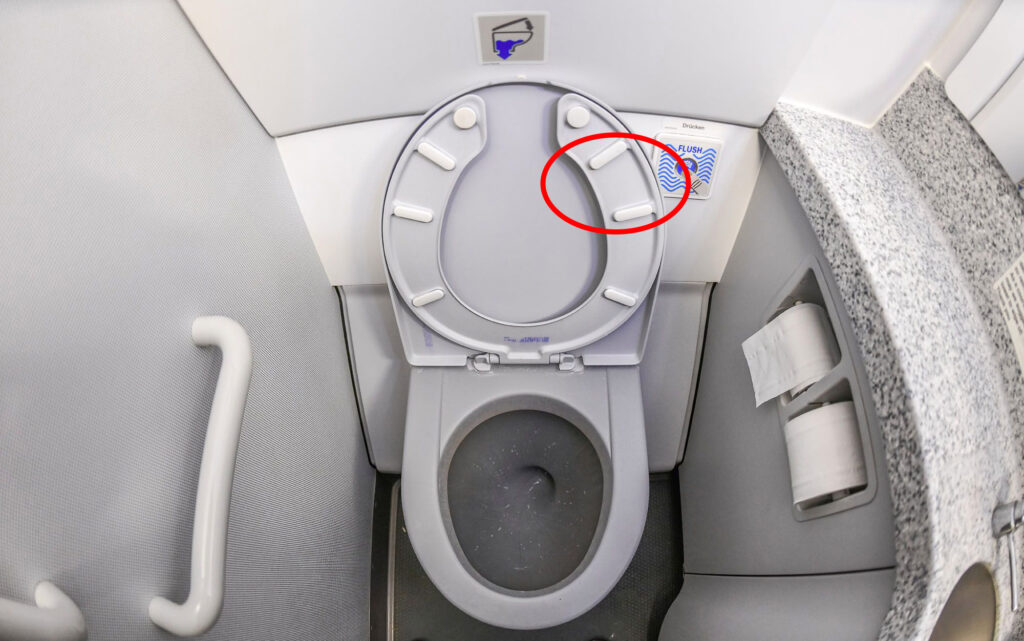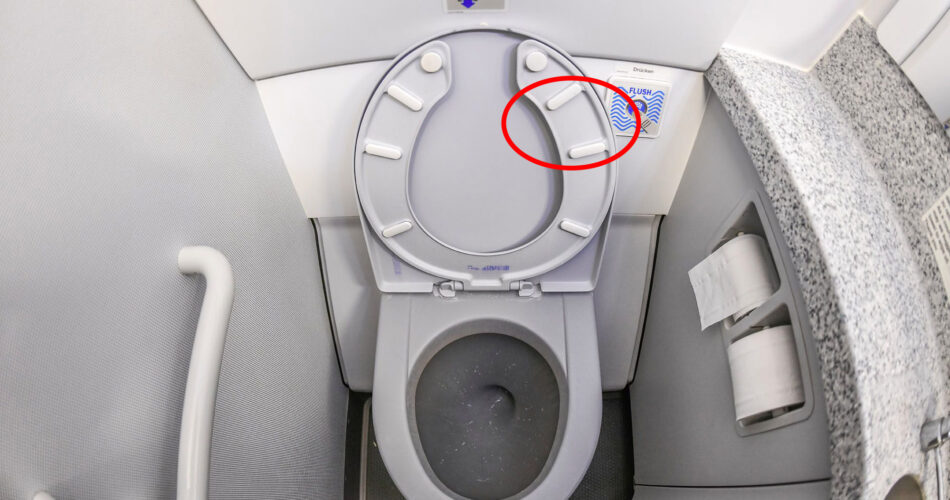A risk many wouldn’t take
If you’ve never happened to see a vacuum toilet, you probably have never used a toilet on a ship or a plane. Vacuum toilets are flush toilets that use suction to wash away feces and urine and they require a minimal amount of water (0.5 to 1.5 liters), therefore they help save costs, therefore, on planes or on ships they are the most used.
They work with a sliding valve in the floor of the toilet bowl sealing it off completely from the rest of the mechanism. When you flush the toilet, a small amount of water rinses out and partly fills the bowl. Meanwhile, out of sight, a small intermediate tank has air rapidly pumped out of it to create a vacuum. The valve under the toilet bowl slides open, creating a huge difference in air pressure between the room and the intermediate tank. This sucks the waste (including odors) from the toilet into the tank and the sliding valve closes again. Air is now blown into the intermediate tank, flushing its contents into a much larger waste tank that can be emptied periodically. So, if you thought poop from airplanes fell from the sky, you were wrong.
Given the power of the air jet when the toilet is flushed, a famous urban legend was born which tells of an old woman having an accident on a cruise ship using a vacuum toilet because she flushed while seated on the bowl, causing her intestines sucked out by the suction of the toilet. So, when the cabin was opened the lady was found lying on ‘several feet of small intestine’ trailing behind her.

However, it must be said that when the vacuum toilet was designed, they also installed the so-called “vacuum breakers” to avoid this kind of accident. Therefore, there’s a gap in the seat and there are blocks under that make it raised off to break the vacuum effect on the person sitting.
Anyway, I wouldn’t risk sitting on the bowl while flushing!
Source Quora

